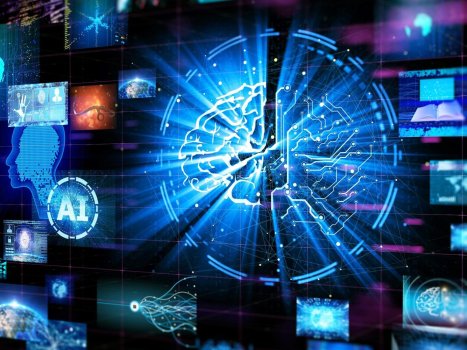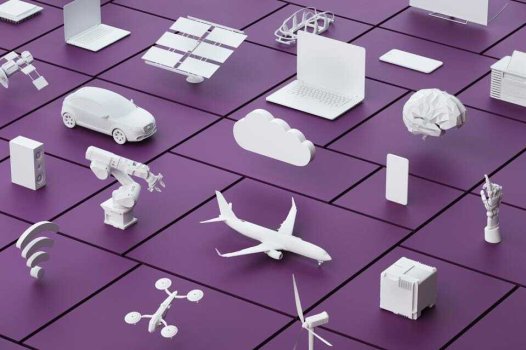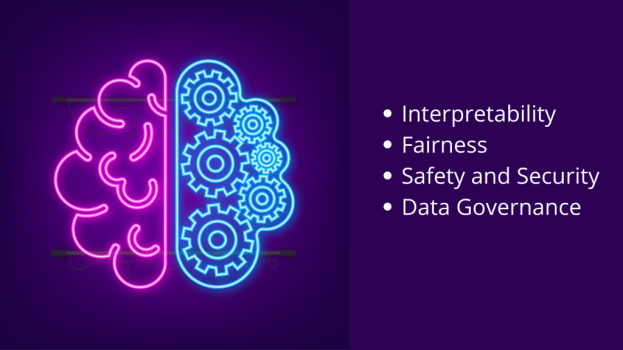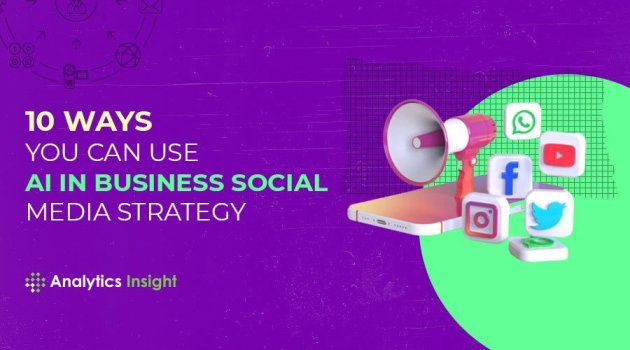Over the past two years, digitalization within our homes has seen a tremendous boost. Accelerated by the pandemic, everyone has gotten used to being ‘connected’; our daily activities, from work to leisure, now depend increasingly on being online. Besides the growing number of connected devices per household, we have also seen disruptive changes in smart home applications, including range, functionality and performance. By 2026, ABI Research predicts that the smart home device and appliance market will reach $474 billion US Dollar. The compound annual growth rate for smart home equipment revenues, including devices such as smart door locks, cameras and smart appliances, is expected to increase with an annual rate of 22 percent and above. Specifically, the smart home market is likely to nearly triple in size.
Yet, we are just at the beginning of the digital transformation process, where devices will more and more communicate independently to each other to perform the task, while humans will set the guidelines.
Imagine the benefits of a self-regulating system to optimize power usage in and around the smart home. The photovoltaic system, wall box and other power consumers, for example, would then enable charging electric cars with green energy in the most efficient manner.
Or think of elderly people who could live longer independently in their own homes thanks to a lot of smart home devices supporting them and health solutions that monitor vital signs and connect to the doctor in case of an emergency.
The opportunities created simply by connecting to the cloud have the potential to transform practically every application, not just our homes. We will see this development growing in other areas as well, as smart city, industrial internet and mobility, to name a few. We know today that these opportunities will also offer significant societal and economic value in the future. In fact, McKinsey recently estimated that IoT could enable 5.5 trillion to 12.6 trillion US Dollar in value globally by 2030, including the value captured by consumers and customers of IoT products and services.
Yet, to make IoT work, there are a few challenges that must be addressed properly, whether it’s a single product or a more complex solution. What we have to consider from the beginning of the design process are key parameters including:
- Robust connectivity
- Reliable data collection and analysis
- Secured device identification from the edge-to-the -cloud
- Data privacy, especially for consumer IoT, along with data security
- And, finally, interoperability of the devices and IoT ecosystems
This is where Infineon fits in. Semiconductors make devices and machines smart, secured and energy efficient.
Continue reading:
https://www.iotworldtoday.com/2022/04/04/unleashing-the-power-of-iot/























